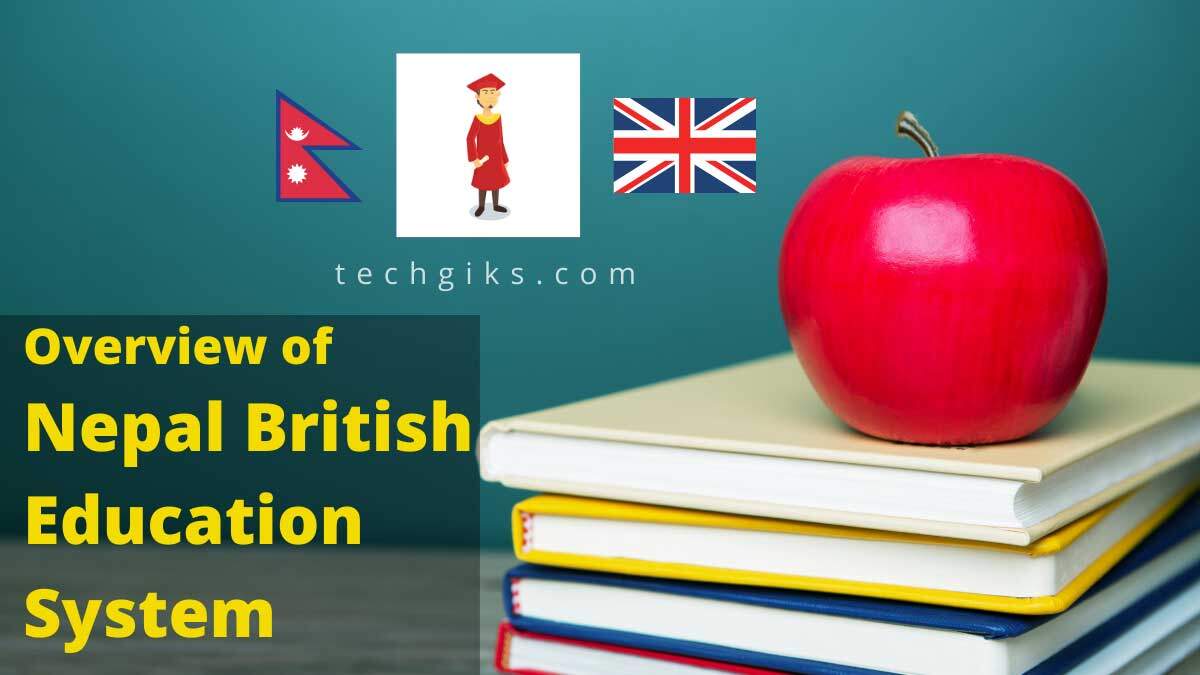Britain, also known as the United Kingdom, is an independent island nation northwest of Europe. Britain comprises the Island of Great Britain, England, Wales, Northern Ireland and Scotland. The British education system has five stages: early years, primary years, secondary education, Further Education (FE) and Higher Education (HE).
A British child is supposed to join the school from 5 years up to 16 years. It is a compulsory education stage. However, you can go further if you choose to go. The early year education or preschool is optional before joining the primary school at four or five, and it is part-time-based.

Primary school is split into age, infant or junior stages. Children are tested and benchmarked regularly with national exams done every year. The curriculum encourages literacy and numeracy. After secondary school at 16, the child can choose to stay for further education, choose vocational training or leave education entirely. Here, some structure variations depend on location.
All the compulsory levels are free except for miscellaneous fees like building repairs, academic trips, uniform costs, school materials and transport. The UK has international and private schools with varying fees and admission structures different from state schools. Most schools set their calendar to fit their schedules, but the state has set the school year to run from September to December with two weeks break for Christmas.
Schools reopen in January through to March or April for the Easter holiday. They break before summer term, which runs until mid-July. Schools take a half-term break halfway through each time and close for holidays. Comprehensive schools integrate students from an area without selection based on ability and help them learn and develop.
Critical Thinking:
The curriculum encourages developing problem-solving and thinking skills at an early age. In addition, each classroom has communication and technology facilities, laboratories, computer rooms and interactive whiteboards.
Future Learning:
Though the curriculum emphasises personal growth and learning abilities, the young student can adapt to changes without fear of restraint and develop the stamina to face the challenges of the 21st century. They become respectful, work hard to excel, become responsible and love peace.
Offers Personal Development:
The British education system focuses on developing the entire personality. More than learning is required. The structure of 5-16 and later to higher education or vocational training lead mainly to level qualification. Students bond over similar interests through clubs and sports and regularly visit the Student Union for fun events. In class, lectures are incorporated with tutorials, teaching groups, and interactive discussions, and an entire course is a couple of classes. Mostly they have mock classes.
International Standards:
The world recognises and respects British education. It is transferable, and students can move smoothly to places and the country. In addition, students travel to other continents with a student passport; this exposure works magic in class.
Affordable Higher Education Costs:
Education in a public university in Britain is relatively inexpensive compared to other private schools. It encourages most students to pursue it and those who leave with a balance; it is usually small and affordable to clean afterwards.
Nepal is an officially democratic country in South Asia. It is in the Himalayas and also includes part of the Indo-Gangetic Plain. It is landlocked and has eight of the world’s ten tallest mountains, including Mt. Everest. Its capital is Kathmandu, with Nepali as the official language. Nepali is a multiethnic country. However, Nepal has years of self-isolation and has become one of the least developed nations in the world.
Preschool learning does not form an integral part of the formal education system. The few facilities established to cater for the demand range from simple daycare centres operated by semiskilled tutors and ayahs to modernised but private playgrounds managed by trained teachers and nurses.
Nepal has four levels in Primary, and the child will spend 12 years up to the higher secondary level. Entry to higher education, except for technical programs like medicine, is relatively unrestricted. However, it pressures human resources and drains physical resources, causing the quality of education to be low.
Nepal offers free education in primary and provides books to girls and socially discriminated ethnic groups up to the lower secondary level. However, public schools perform so severely that parent opts to take their children to private schools. These schools may be established and managed by charity organisations or companies and private schools operated by business-minded people in semi-furnished residencies.
Though the government funds Nepal public schools, the schools need help to reach and maintain the expected educational quality standards, and they need to address the needs of society. The blame is on the lack of funds, accountability, and too much politicisation in the educational sector.
As much as there is no perfect education system, Nepal has much to consider if they compare it with the British education system. Nepal is strategically placed between two major cities and superpower countries, India and China. It should take advantage to improve in most of its sectors, especially the economic life of its people. The education sector rarely grows when people are fighting poverty and diseases. Their political instability and lack of accountability play a significant role in making their education sector perform poorly.
There is a severe need for conscious direct and indirect investment in their country to bring positive results in the education sector. A performing education system solves more than half of the nation’s needs. Investing in training teachers and providing enough quality resources in the education sector is a step towards establishing a robust, rich and respected country.
– Himan is a Previous School Teacher in Nepal
At last, we hope that you found some helpful info on the Overview of Nepal British Education System. Similarly, please Explore Path to Peace to study peace.
If you love writing, visit tips for content writing.